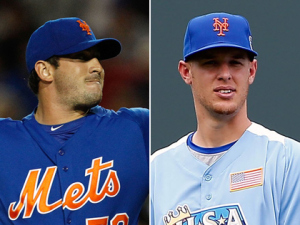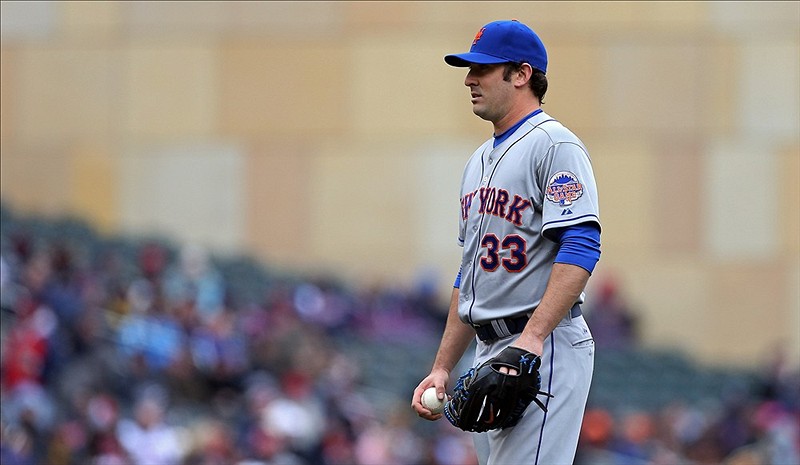
Blue chip pitching prospects are professional sports’ most delicate flower. Except, unlike a flower, no scientifically proven method has been established regarding proper cultivation.
There’s no “right” way to bring a teenager up through an organization’s system while still absolutely maximizing his production at the major league level. And in the back of everyone’s mind lingers the possibility to a debilitating injury that is always one pitch away.
For every David Price or Matt Moore who’s appeared to have bloomed with relative ease, a dozen Mark Prior or Joba Chamberlain clones lay crumpled on muddy soil.
Coddling a prospect by hawk-eyeing his pitches and innings hasn’t proven to do more bad than good, but it hasn’t proven to do more good than bad either. Once a prospect is inside the system, fertilization can be a high stakes game of roulette.
Should he start? Should he come out of the pen? Should more pitches be added to his arsenal? Should he focus on developing a curve? Is he throwing too much heat?
But the lure of what a young blue chip pitching prospect brings to an organization is enough to make all the stress worth it. Even though they only contribute once every five days, a sturdy starting pitcher is any good baseball team’s foundation.
Momentum will never be strong enough to overcome ace starters like Justin Verlander or C.C. Sabathia once they take the mound. The fear they instill in the opposing team is unmatched.
The New York Mets are lucky enough to be holding two aces in their hand right now: Zack Wheeler and Matt Harvey. The former is currently sporting an ERA of 4.80 in Pacific Coast League Triple-A, while the latter is making major league hitters look like kids on a sandlot, and through the season’s opening month is arguably the National League’s best starting pitcher.
Harvey is 4-0 with a 1.56 ERA, and, well, despite averaging 10.62 strikeouts per nine innings in 10 starts last season (a number that would place him in the top 10 so far this season, where he happens to be anyway, with 10.2 strikeouts per nine), those numbers are still a little shocking.
In 2012 he averaged nearly four walks per nine innings. This season his control has been even better, as he’s down to 2.68.
That’s not all he’s shown.
So far this season, Harvey ranks fourth throughout baseball in Wins Above Replacement (second behind only Clay Buchholz among pitchers), fifth in ERA, third in WHIP, second in hits per nine innings, and eighth in strikeouts.
He’s throwing an impractical 90 mile per hour slider about once every five pitches, and is dominating with his high heat, which averages 95 mph and tops off at about 98 mph.
Before the year began, most projections had him as a solid starter in New York’s rotation—after all, the process of bringing along a prospect with Harvey’s skill is supposed to be slow and careful—but through the first month he’s blowing by everything anyone thought he could accomplish so soon.
Wheeler is two years younger than Harvey, and has yet to throw one pitch at the Major League level. But he’s striking out 10.8 hitters per nine innings through 30 minor league innings this season (six starts), despite having trouble gripping the ball.
Harvey appears to have already come along, and Wheeler should be following soon enough. If the Mets can successfully oversee both of them reaching their full potential for years to come, it’ll be viewed as a serious job well done. Two flowers are always better than none.
* * * * * * * *
This Fan Shot was contributed by Michael Pina who is also a writer for ESPN’s TrueHoop Network. His work has been published on The Classical and ScoreBig. Follow him on Twitter @MichaelVPina.
Have something you want to say about the Mets? Share your opinions with over 17,000 Mets fans who read this site daily. Send your Fan Shot to [email protected]. Or ask us about becoming a regular contributor.















